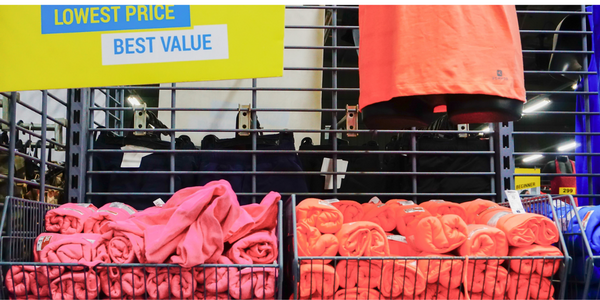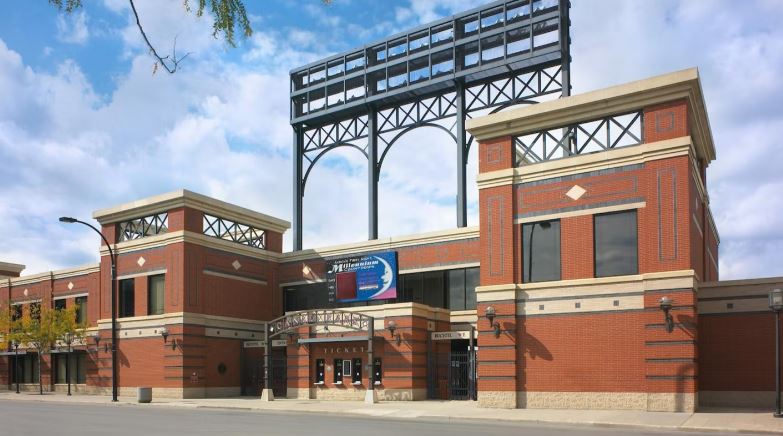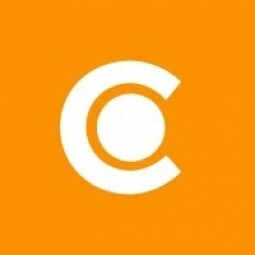Download PDF
Canto's IoT Solution Streamlines Bisazza's Digital Asset Management
Technology Category
- Application Infrastructure & Middleware - Middleware, SDKs & Libraries
- Infrastructure as a Service (IaaS) - Cloud Middleware & Microservices
Applicable Industries
- Glass
Applicable Functions
- Product Research & Development
- Sales & Marketing
Use Cases
- Time Sensitive Networking
- Visual Quality Detection
Services
- System Integration
- Training
The Challenge
Bisazza, a leading luxury brand in the design sector, faced a significant challenge in managing its vast archive of digital assets. These assets included images, multimedia content, technical product details, and sales-related materials. The company's marketing department sought more control over how these digital assets were distributed and archived. The challenge was to find a digital asset management platform that could centralize and organize content, making digital assets easier to locate and distribute. The goal was to manage a large and complex digital archive more flexibly. The company needed a solution that could handle approximately 1,300 documents, 100 videos, and 13,000 images.
About The Customer
Founded in 1957, Bisazza is one of the world’s leading luxury brands in the design sector and an innovative leader in the production of glass mosaic for interior and exterior decoration. The company offers a wide range of luxury décor and furnishings suitable for any living and outdoor area. Its distinctive products and collaborations with some of the world’s most renowned designers express a unique style that brings a contemporary flair to classic designs. Based in Italy, Bisazza has flagship stores in Milan, Paris, London, and New York and works with distributors around the world.
The Solution
Bisazza partnered with Canto, a digital asset management platform. Canto's metadata import feature allowed Bisazza to migrate its vast content archive into a single source of truth. Assets could be uploaded and bulk tagged all at once, which enabled the team to keep its metadata consistent and easily updatable in the future. Canto's platform also provided bulk upload features that made it easy to edit and update metadata at any time, ensuring that files were easy to locate with a simple search. When new assets were uploaded to Canto, they were quickly reviewed to maintain quality and consistency. Approved assets were then sorted into the proper folders and portals for easy access and distribution. Non-approved assets were archived to ensure they were not lost, but they were not shared with any users.
Operational Impact
Quantitative Benefit
Related Case Studies.
.png)
Case Study
Discrete Manufacturing Industries (Fiberglass Pipe)
The implementation of ERP software in a Discrete Manufacturing organization needs to be strategic, irrespective of its size and capacity. The client had already implemented an ERP system which fulfilled their requirements but was not efficient enough. Efficiency here meant Synchronized Planning, Updating and Multisite Planning. Planning at client’s place was done outside the ERP system. Lack of proper synchronization to the ERP system paved way to huge delays in the changes getting updated in the system. These delays caused disruption in achieving delivery schedules. Multisite Planning is a solution to an organization which has multiple production units (may or may not be geographically separated) and thus needs planning across these units to synchronize production activities within them. The client also has multiple factories and hence Production Planning control is very essential in their case. Since Multisite planning was not possible with Baan ERP system, this was another bottleneck for the client.

Case Study
Asia Airfreight Terminal Enhances Operational Efficiency with CommScope's RUCKUS Solutions
Asia Airfreight Terminal (AAT), a leading cargo handling company based out of Hong Kong International Airport, was facing challenges with its Wi-Fi network, which was critical for the functioning of its automated Material Handling System (MHS) within the warehouse. Any interference or lost signals could directly impact their operational efficiency. AAT also had separate networks for their office and CCTV cameras, which made the job of their data center challenging. The company was in search of a Wi-Fi network configuration that could streamline their networks and reduce its network management workload. AAT was already running on equipment from a competing vendor, and the new solution needed to prove its worth in scalability and reliability.

Case Study
High Density Stacking Capability Enhances Productivity in 3D Part Production at Decathlon
Decathlon, the world’s largest sporting goods retailer, was faced with a mold injection problem on a small component for shooting glasses that connects the frame to the lenses. The company was seeking a solution that would avoid the expense of tooling and increase efficiency in production. They decided to test the new 3D stacking solution developed by 3D Systems to evaluate additive manufacturing for production. After conducting a feasibility study on the Figure 4 solution and stacking feature, Decathlon’s teams confirmed the productivity and economics of additive manufacturing and decided that this solution could be considered for batch-run production of the final product.

Case Study
Halvor Lines Enhances Driver Safety with Netradyne Driveri®
Halvor Lines, a trucking company with a strong commitment to driver safety, was facing the challenge of protecting their drivers and the company from false claims in an increasingly litigious environment. The company was in search of a video and vision-based recognition safety program that could align with their existing driver safety and recognition strategies. They wanted a solution that would not only strengthen their industry-leading initiatives but also be driver-friendly, helping to develop driver skills and enhance positive safety habits. The solution needed to provide significant value without requiring the inside lens of the truck to be turned on, a feature that could potentially alienate drivers.

Case Study
Akron Energy Systems: Enhancing Efficiency and Customer Service with IoT
Akron Energy Systems (AES) is a community energy system operator in Akron, Ohio. They facilitate the transition from on-site energy production to community energy systems, thereby reducing building owners’ total cost of ownership by taking over building system upkeep and maintenance. However, AES was facing challenges with the existing control solutions at customer locations, which often required them to make site visits to diagnose and correct system issues. This was not only time-consuming but also inefficient. To improve customer service and streamline their internal processes, AES needed a control solution that could provide remote access, analytics, and alert capabilities under a single pane of glass. This would enable them to diagnose customer problems quickly without the need for site visits and provide their customers with powerful portfolio-wide insight.
Case Study
Kern High School District's Journey to 100% Customer Satisfaction with Freshdesk
The Kern High School District (KHSD) in California, which comprises 18 comprehensive high schools and 11 alternative, adult, career technical, and special education institutions, was facing a significant challenge in managing its customer service operations. The district office, which began its journey with Freshworks in 2014, had over 50 agents working out of Freshdesk to support the student information system, Synergy, used by over 4000 staff across 34 education institutions. The support teams were set up across functions with separate groups of agents who tackled payroll, student systems, admin, etc. However, they realized that while it was easy for teachers to reach out to their assigned IT technician when they had an issue with their computer, not everyone knew who to reach out to if they had issues with their paycheck or leave applications. This lack of a unified system led to confusion and frustration among both the staff and the agents. The agents were unsure if the incoming requests had already been addressed by someone else, and there was no way to extract metrics and monitor the performance of agents.





